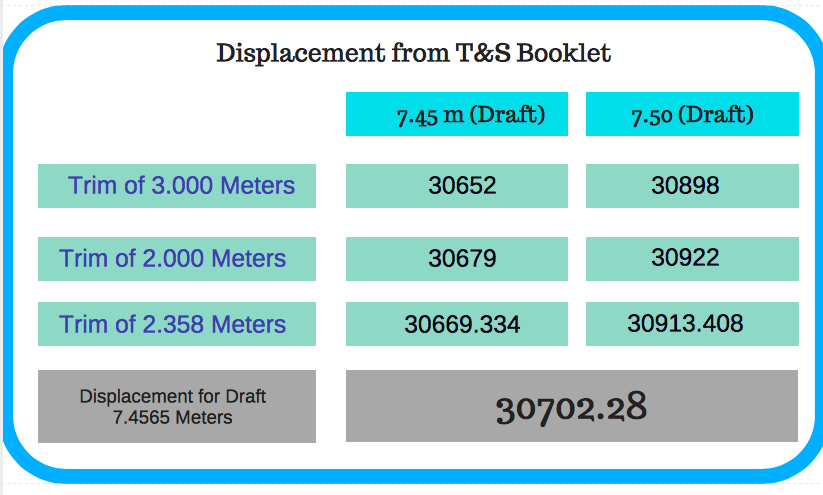
We know that short circuits have a large amount of current flow and it can damage the cable by overheating. The fourth step in cable sizing calculation is to determine the minimum size of the cable for short circuit conditions. V = I * R Step 4 in cable sizing calculation: determining Short-circuit conditions Use the following Formula for voltage drop calculation. Whether it is due to the current flow or due to resistance or impedance. There are two different reasons for voltage drop. Step 3: Voltage drop calculationĪccording to ohm’s law, when current flows through a conductor. So select a cable with a greater cross-sectional area. That the more the cross-sectional area of the cable the less will be the resistive loses. In this step, we find the maximum amount of safe current that the cable withstands to flow. When current flows through a conductor, it produces heat as a result of resistive losses.

This step of cable sizing calculation involves collecting data about different parameters. Now we will discuss each step in detail to find the correct size of the cable. I will be happy if you install the app from here. These tables are simple in design to make it easy for you to use it. Such as current ampacity tables, short circuit tables, derating factors tables and more. I have created an android app to help you in selecting cables, The app is 100% FREE, it has the most common cables tables.

The final step is to select the minimum size of cable in the previous steps.The fifth step includes determining the minimum size of the cable in case of earth fault loop impedance.



 0 kommentar(er)
0 kommentar(er)
